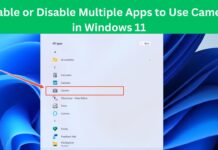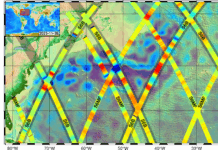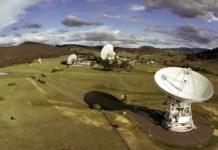In the world of technology, the synergy between community collaboration and innovation often leads to groundbreaking developments. Docker, a company renowned for its containerization solutions, has recently made a significant stride by integrating its Docker Model Runner with Hugging Face, a platform celebrated as a hub for the artificial intelligence (AI), machine learning (ML), and data science communities. This integration marks a pivotal moment for developers, enabling them to utilize Docker Model Runner as a local inference engine for executing models and efficiently filtering through Model Runner-supported models on Hugging Face.
Historically, Docker Model Runner has been compatible with models from Hugging Face repositories, allowing developers to pull models directly into their environments. For instance, a simple command like docker model pull hf.co/bartowski/Llama-3.2-1B-Instruct-GGUF has facilitated this process. However, navigating the extensive array of models available on Hugging Face to identify those compatible with Docker Model Runner has often been cumbersome. This is where the recent enhancement comes into play, significantly easing this process.
Local Inference with Docker Model Runner on Hugging Face
Hugging Face now supports Docker as a Local Apps provider, a move that simplifies the model-running process. As a default Local Apps provider, Docker Model Runner is pre-selected for all Hugging Face users, eliminating the need for manual configuration. This development allows users to swiftly run models by selecting Docker Model Runner as their local inference engine.
To illustrate, executing a model from Hugging Face is now as straightforward as visiting the desired repository page, choosing Docker Model Runner, and following a provided snippet to run the model. This integration enhances accessibility and efficiency, making model execution almost as effortless as pulling a container image.
Moreover, users can easily discover all models supported by Docker Model Runner, specifically those in the GGUF format, through a search filter on Hugging Face. This feature enables developers to quickly identify and work with compatible models, streamlining the workflow from model discovery to execution.
The Impact of Integration
The integration of Docker Model Runner as a first-class source on Hugging Face is a subtle yet impactful change. It bridges the gap between research and operational code, making the transition from theoretical model exploration to practical application more seamless. This development aligns with Docker’s ongoing commitment to fostering community-driven innovation and collaboration.
Docker’s open-source ethos is evident in this integration, as it invites developers to participate in the ongoing development and refinement of Docker Model Runner. By visiting Docker’s GitHub repositories, the community can contribute through logging issues, suggesting improvements, and collaboratively building future advancements.
Conclusion
The enhanced integration of Docker Model Runner on Hugging Face represents a significant leap forward in the realm of AI and ML model deployment. Developers now enjoy a more streamlined process for local inference, with the ability to filter for compatible models, pull them using a single command, and obtain the run command directly from the Hugging Face interface. This tighter integration mirrors the simplicity of pulling container images, making model discovery and execution more efficient than ever before.
In the spirit of cooperation as espoused by Robert Axelrod in "The Evolution of Cooperation," Docker Model Runner continues to be an open-source project, encouraging community collaboration. Developers are invited to explore the project’s repositories on GitHub, contribute to its growth, and collectively shape the future of model deployment.
Further Exploration
For those interested in delving deeper into the Docker Model Runner, several resources are available. An insightful look into the design architecture of Docker Model Runner can be found in Docker’s blog, offering valuable perspectives on its structure and future directions. Additionally, the story behind Docker’s model distribution specification provides context for its development and application.
A quickstart guide to Docker Model Runner is available for those eager to begin utilizing its capabilities. Comprehensive documentation can also be accessed, offering detailed instructions and information to guide users.
For individuals new to Docker, the platform offers a straightforward account creation process, opening the door to a world of possibilities in containerization and beyond.
In conclusion, the integration of Docker Model Runner with Hugging Face is a testament to the power of community collaboration and innovation. By simplifying the process of local inference and model execution, this development empowers developers to focus on what truly matters: creating and implementing impactful AI and ML solutions. As Docker and Hugging Face continue to foster an environment of cooperation, the future of technology looks brighter and more promising than ever.
For more Information, Refer to this article.


































